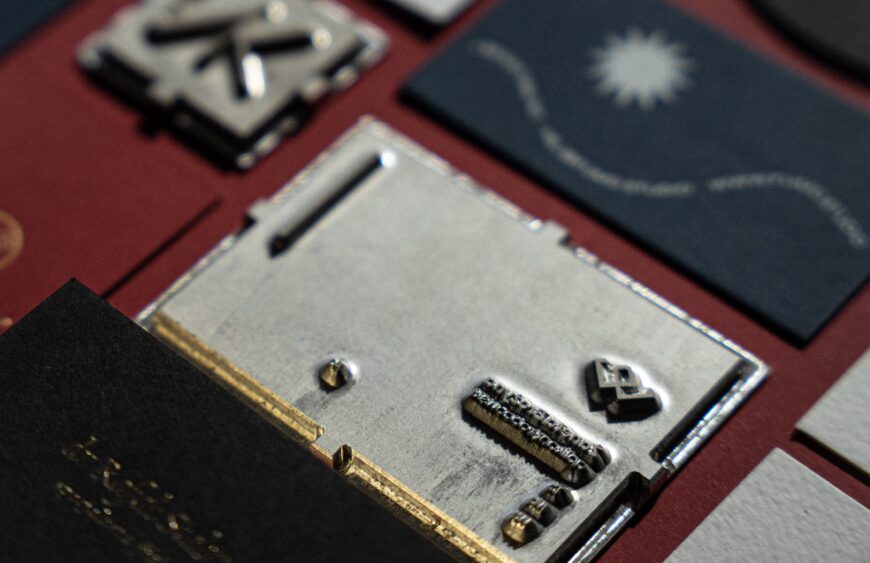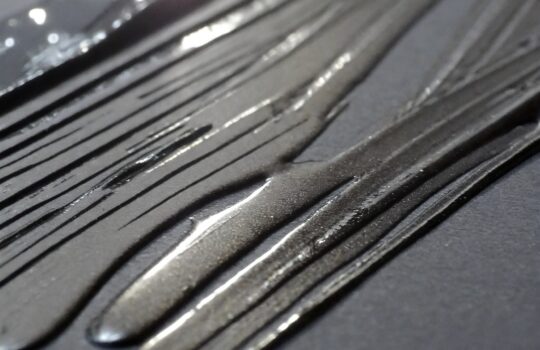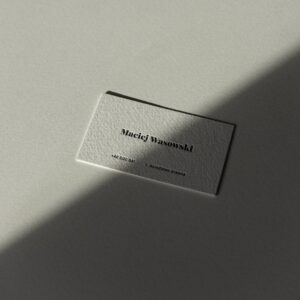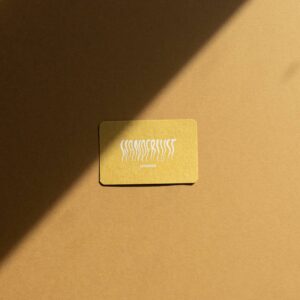Hot stamping die.
If you want your business cards to make a great impression, there are some techniques that can really make them stand out. One of the most spectacular is embossing, which can be divided into three types: debossing, embossing, and letterpress. To help simplify the decision-making process, we'll briefly explain the differences between these techniques, which are important to understand before you start designing your business cards.
You may have come across embossing in your daily life and seen it on the labels of various alcoholic beverages like wine and rum. You might have even purchased a bottle of these as gifts for birthdays or other occasions and also bought a greeting card that had embossed elements visible on it. Embossing is a technique that is widely used and can add a touch of elegance and sophistication to various products.
To create an embossed pattern, a matrix is the first matrix typically made of metal or polymer and has a raised element that represents the desired design. The plate is then pressed into the material, which is usually paper. And just like that, your first embossed pattern is ready!
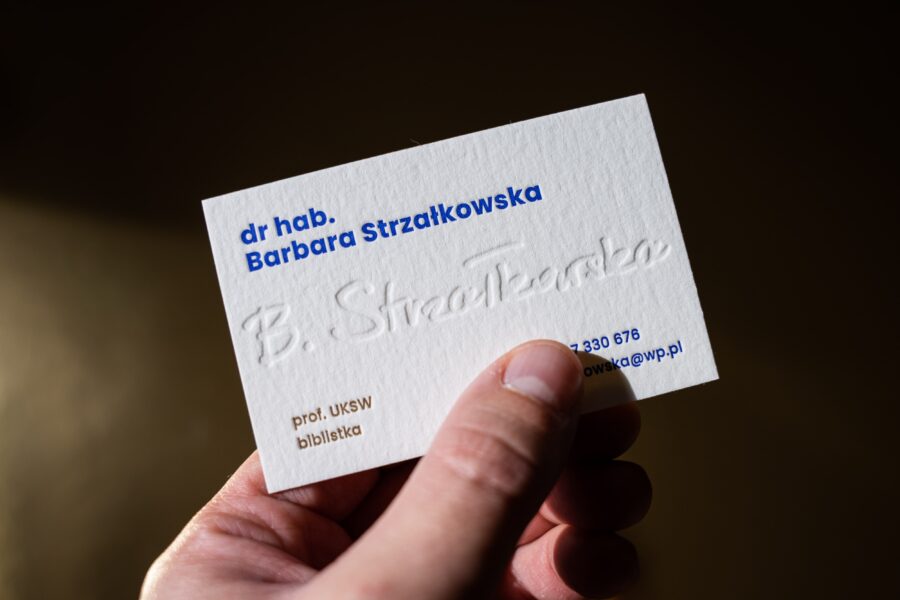
So, what's the difference between debossing, embossing, and blind embossing? We just did blind embossing (also known as embossing), which means the design visible from the front will be recessed relative to the paper's surface. With thinner paper, on the other side, you might get a raised effect in the shape of the negative of your design (known as debossing). If we reverse this whole process and do the embossing from the other side, we'll achieve embossing, where the procedure is raised above the paper's surface. Embossing is an excellent way to highlight a logo or other essential elements on a business card.
There are also printing techniques that often need clarification - embossing and raised or thermographic printing. In raised printing, special powder is mixed with ink and applied to the paper, and when heated, it fuses to create a raised effect. In the embossing process, on the other hand, the material is pressed in, creating a three-dimensional impression. Although both techniques may seem similar, the difference is quite significant.
"Your brand is what they say about you when you're not in the room."
Jeff Bezos
Another, more niche printing technique worth mentioning is letterpress printing. It involves embossing elements from metal matrices that simultaneously create and fill the embossing with ink. As a result, all embossments are perfectly aligned with the print, which, combined with the unique cotton papers used in this method, gives it a unique elegance. Letterpress printing is often seen on products like business cards for lawyers or doctors.
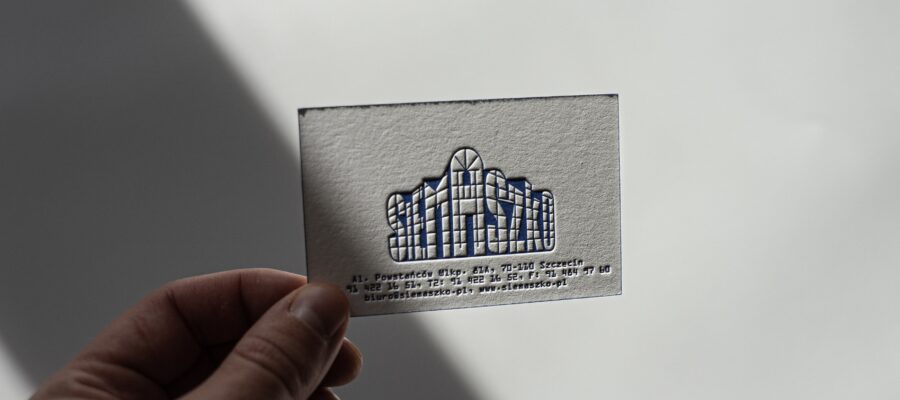
Embossing and embossed business cards are effective techniques that allow you to highlight specific graphic elements. They offer additional visual appeal and a professional look that enhances the perceived value of your brand. Depending on your needs and preferences, it's worth considering one of these methods.
